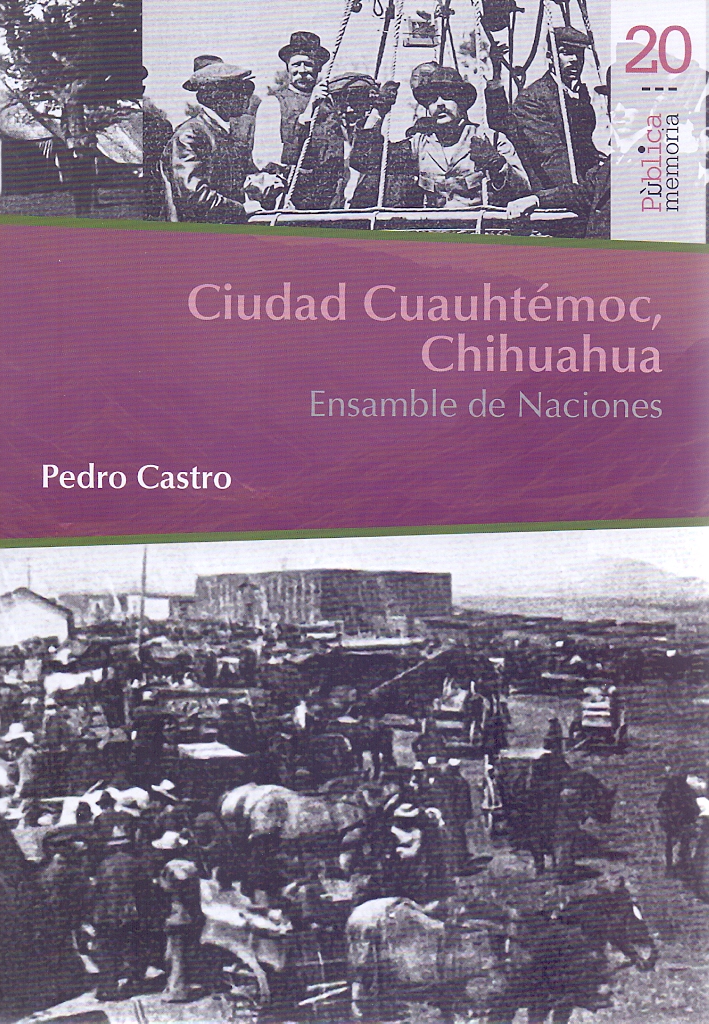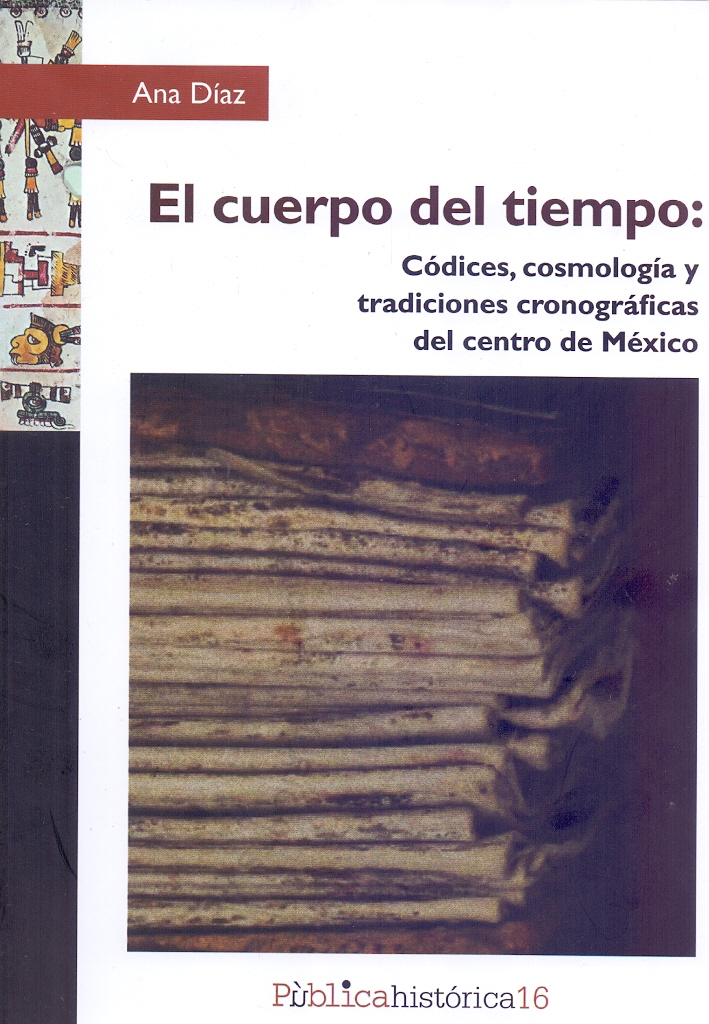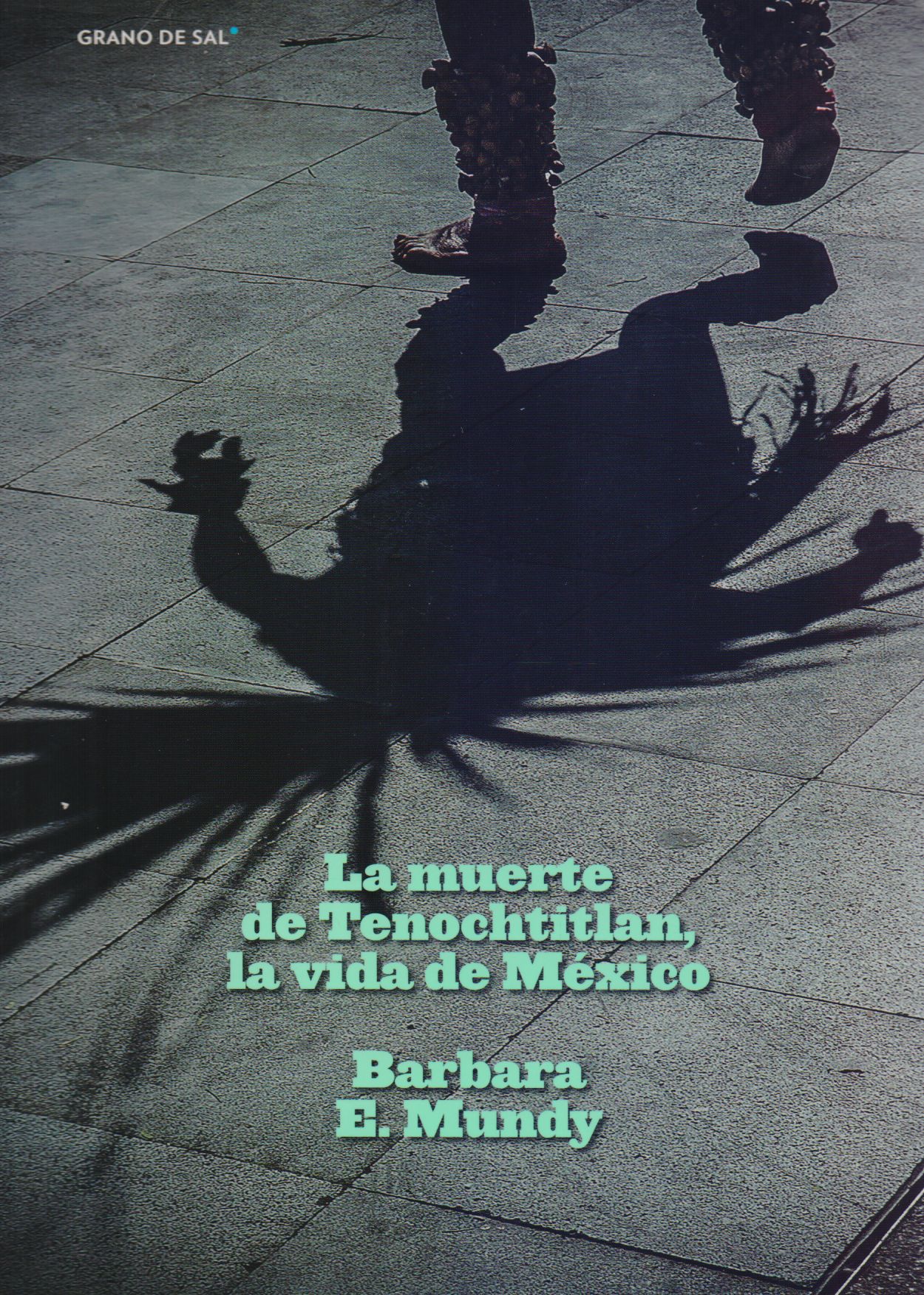Libros relacionados
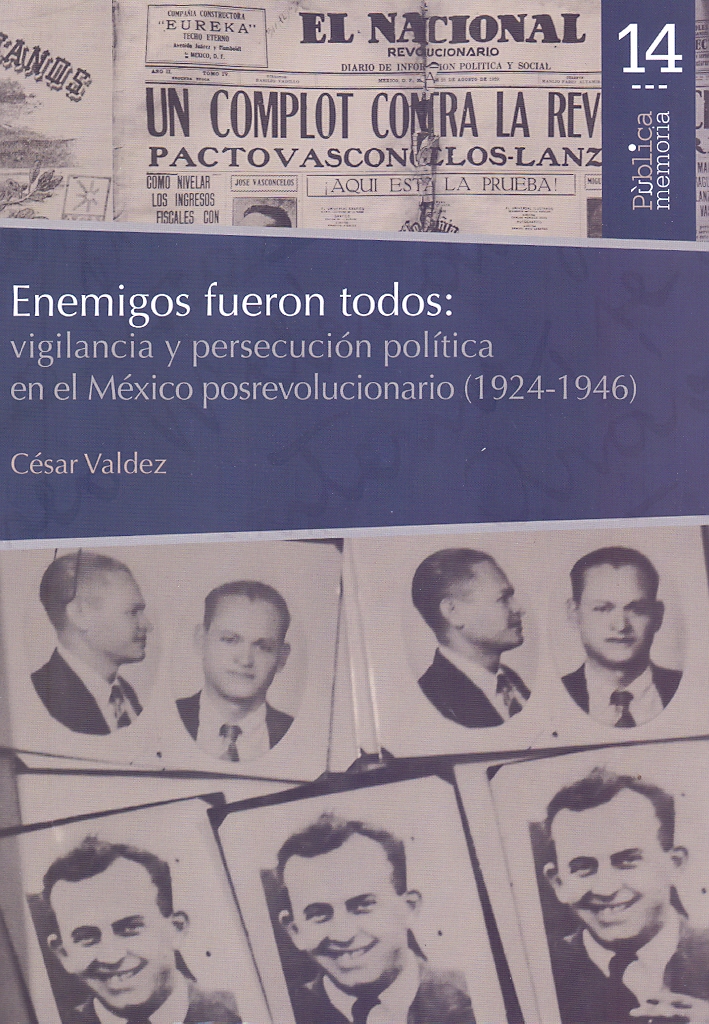 |
Enemigos Fueron Todos: Vigilancia y Persecución Política en el México Posrevoluc Valdez César Bonilla Artigas Editores |
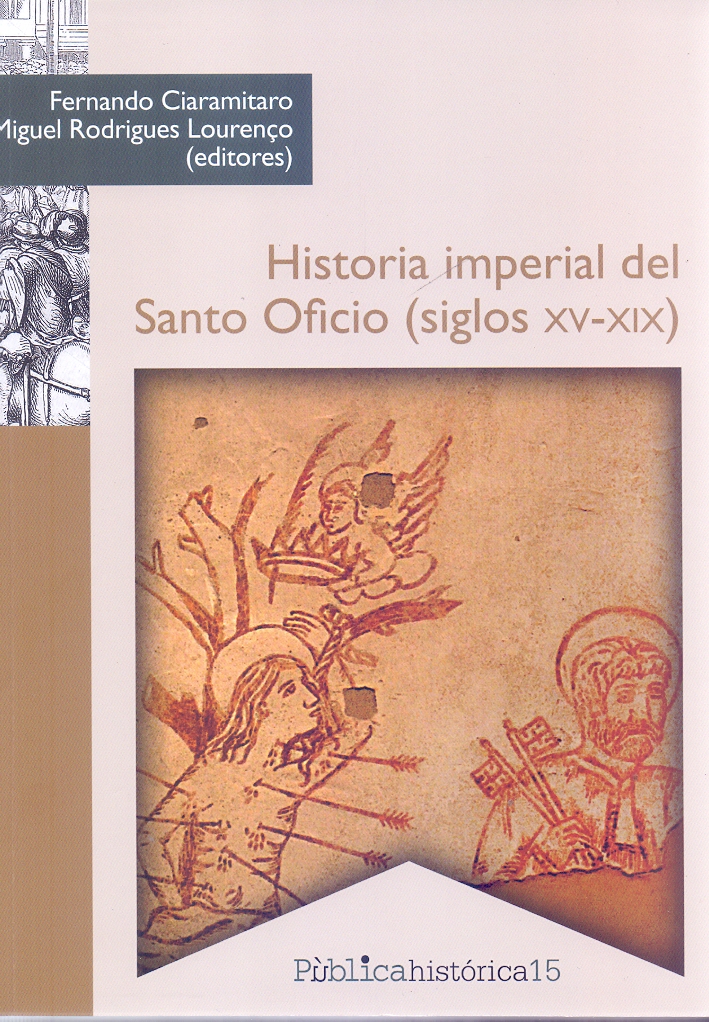 |
Historia Imperial del Santo Oficio (Siglos XV-Xix) Fernando Ciaramitaro, Miguel Rodrigues Lourenço Bonilla Artigas Editores |
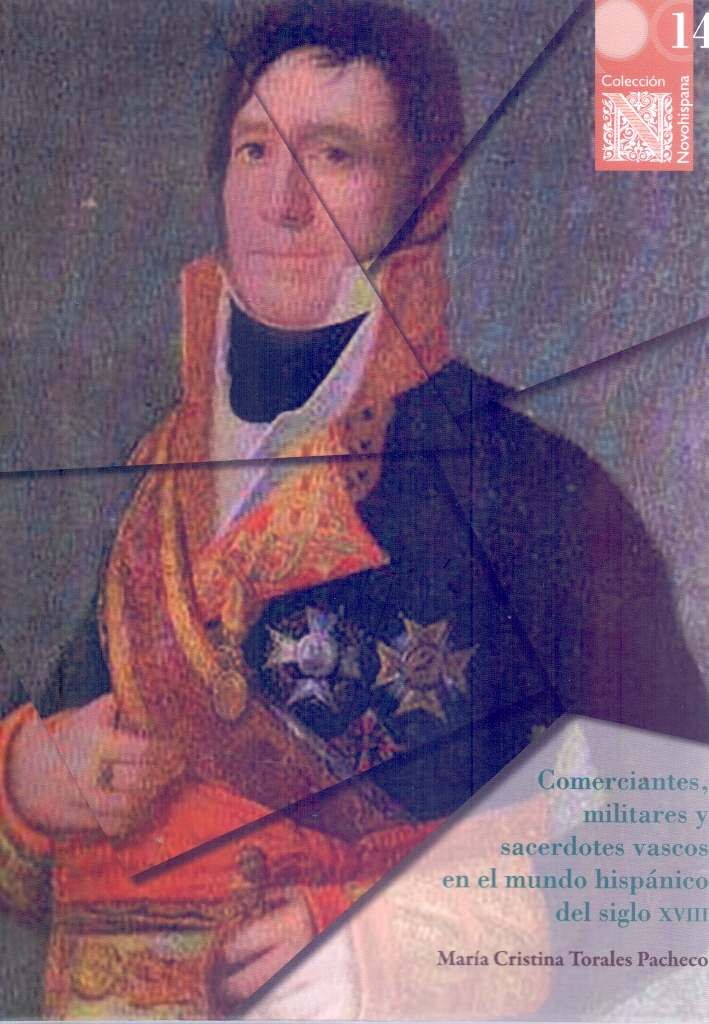 |
Comerciantes, Militares y Sacerdotes Vascos en el Mundo Hispánico del Siglo XVII Torales Pacheco, María Cristina Bonilla Artigas Editores |
 |
El Crisol y la Flama: Grupos Sociales y Cofradías en Pátzcuaro (Siglos XVI y XVI Flores García, Laura Gemma Bonilla Artigas Editores |
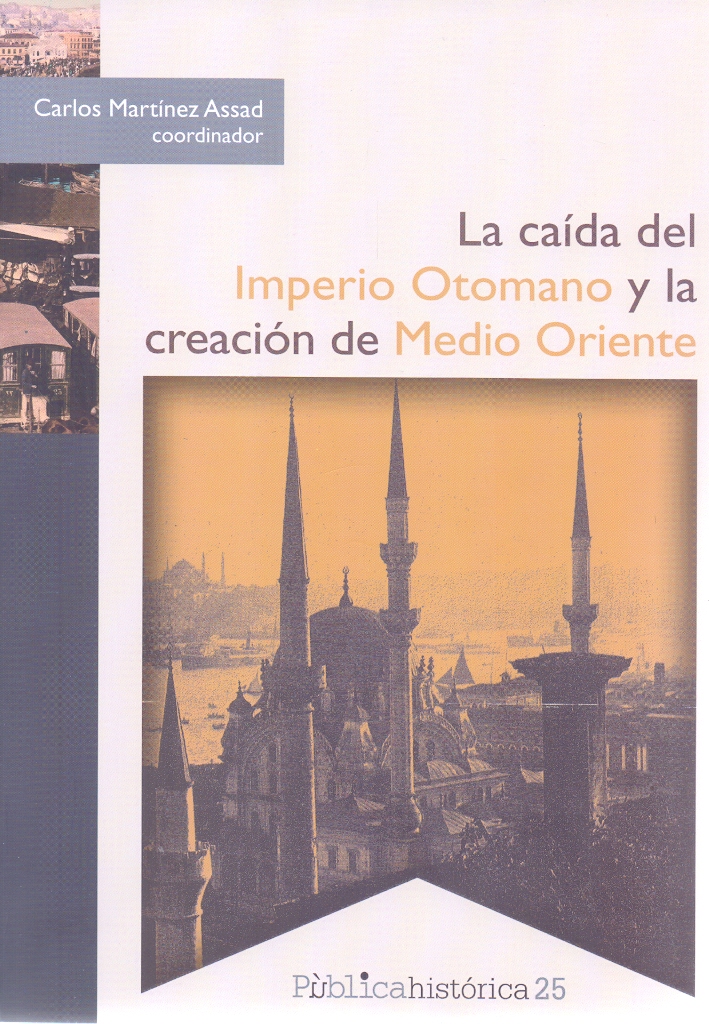 |
La Caída del Imperio Otomano y la Creación de Medio Oriente Carlos Martínez Assad Bonilla Artigas Editores |
 |
Exilio Español y Su Vida Cotidiana en México, El. Serrano Migallón, Fernando; Woldenberg José Bonilla Artigas Editores |
 |
La Corte de Isabel II y la Revoluciónde 1854 en Madrid Madame Calderón de la Barca; Raúl Figueroa Esquer Bonilla Artigas Editores |
 |
La Catedral de Puebla. Historia de Proceso Constructivo Molero Sañudo, Antonio Pedro Benemerita Universidad Autonoma de Puebla |
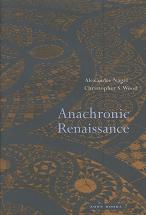

|
Título: Anachronic Renaissance | |
| Autor: Nagel Alexander/ Wood Christopher | Precio: $550.00 | |
| Editorial: Zone Books | Año: 2010 | |
| Tema: Historia, Historia del Arte, Investigacion | Edición: 1ª | |
| Sinopsis | ISBN: 9781935408024 | |
| In this widely anticipated book, two leading contemporary art historians offer a subtle and profound reconsideration of the problem of time in the Renaissance. Alexander Nagel and Christopher Wood examine the meanings, uses, and effects of chronologies, models of temporality, and notions of originality and repetition in Renaissance images and artifacts. Anachronic Renaissance reveals a web of paths traveled by works and artists_a landscape obscured by art history's disciplinary compulsion to anchor its data securely in time. The buildings, paintings, drawings, prints, sculptures, and medals discussed were shaped by concerns about authenticity, about reference to prestigious origins and precedents, and about the implications of transposition from one medium to another. Byzantine icons taken to be Early Christian antiquities, the acheiropoieton (or "image made without hands"), the activities of spoliation and citation, differing approaches to art restoration, legends about movable buildings, and forgeries and pastiches: all of these emerge as basic conceptual structures of Renaissance art.
Although a work of art does bear witness to the moment of its fabrication, Nagel and Wood argue that it is equally important to understand its temporal instability: how it points away from that moment, backward to a remote ancestral origin, to a prior artifact or image, even to an origin outside of time, in divinity. This book is not the story about the Renaissance, nor is it just a story. It imagines the infrastructure of many possible stories. About the Authors Alexander Nagel is Professor of Renaissance Art History at the Institute of Fine Arts in New York, and the author of Michelangelo and the Reform of Art. Christopher S. Wood is Professor in the Department of History of Art, Yale University. He is the author of Albrecht Altdorfer and the Origins of Landscape, and the editor of The Vienna School Reader: Politics and Art Historical Method in the 1930s (Zone Books, 2000). |
||
Librería Bonilla SA de CV © Todos los derechos reservados. 2019
Última actualización: Jul 2019




